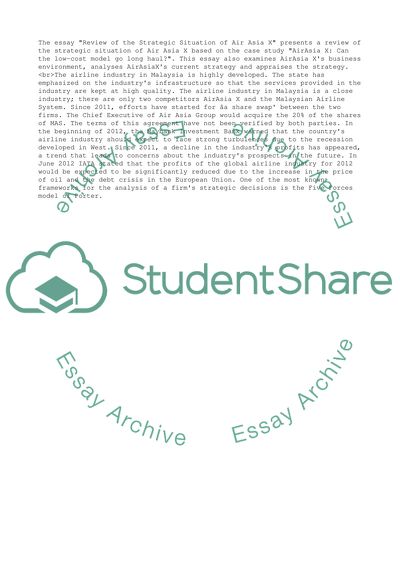Cite this document
(“Review of the Strategic Situation of Air Asia X Essay”, n.d.)
Review of the Strategic Situation of Air Asia X Essay. Retrieved from https://studentshare.org/business/1462097-strategic-managment
Review of the Strategic Situation of Air Asia X Essay. Retrieved from https://studentshare.org/business/1462097-strategic-managment
(Review of the Strategic Situation of Air Asia X Essay)
Review of the Strategic Situation of Air Asia X Essay. https://studentshare.org/business/1462097-strategic-managment.
Review of the Strategic Situation of Air Asia X Essay. https://studentshare.org/business/1462097-strategic-managment.
“Review of the Strategic Situation of Air Asia X Essay”, n.d. https://studentshare.org/business/1462097-strategic-managment.


